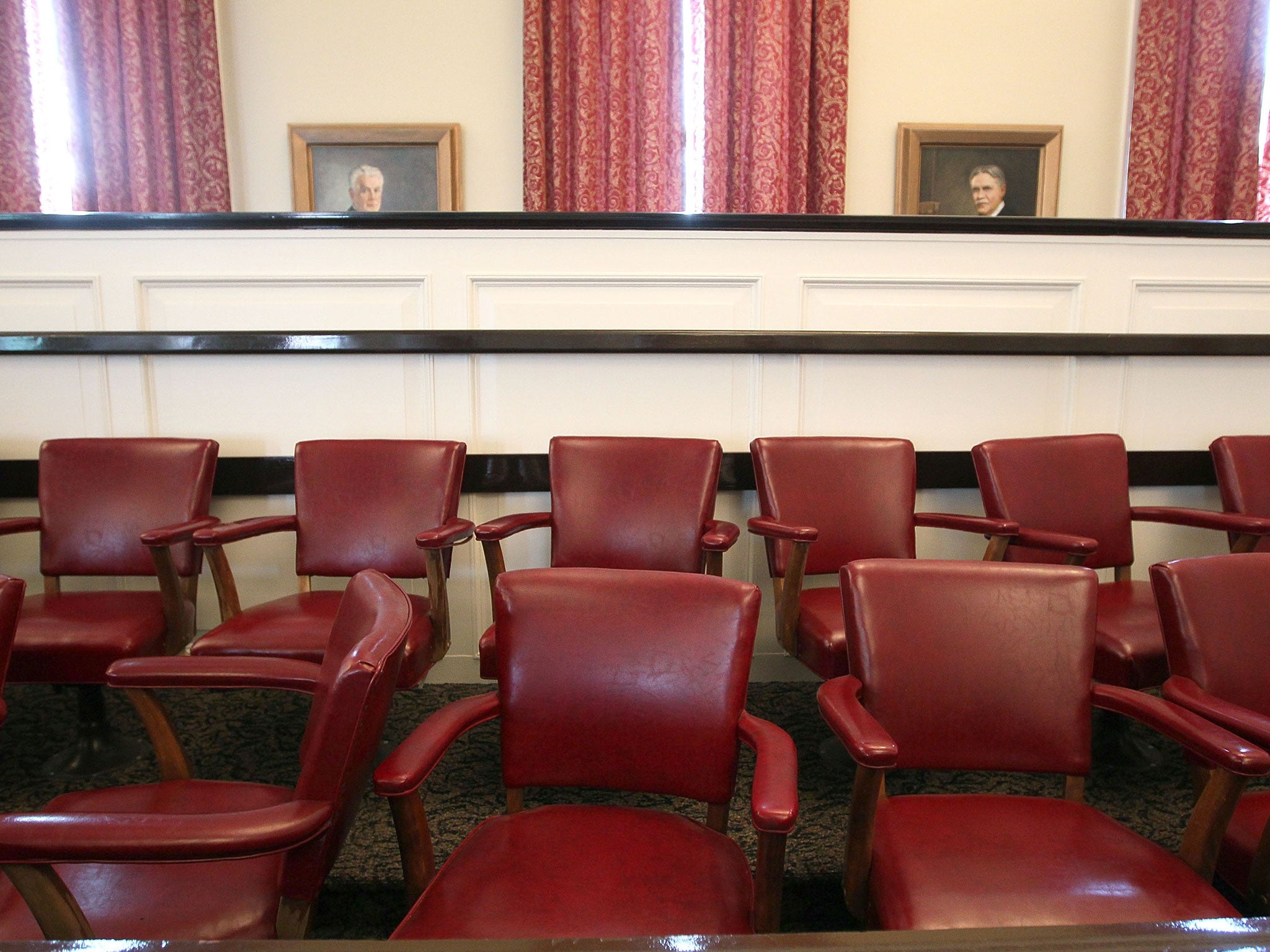The CPS bends over backwards to help complainants in child sex abuse cases. It's kind, but is it fair?
The guidelines on prosecuting these cases aim to avoid the old myths and stereotypes about victims and perpetrators. Instead they propagate a whole new set

Recently, the Crown Prosecution Service (CPS) issued a consultation document on its Interim Guidelines on Prosecuting Cases of Child Sexual Abuse. The consultation closes on 3 September 2013. This is a subject in which the public has a legitimate interest. It is right that the system dealing with those who commit sexual offences against children is both fair and effective.
Child sexual abuse understandably inspires revulsion. But as the CPS acknowledges, it covers a spectrum of offences: from the very young to teenage victims, from indecent touching to rape. Reading this document, it’s striking how far we have come since Helena Kennedy QC wrote Eve Was Framed in 1993. Our criminal justice system now bends over backwards to help complainants.
The law on hearsay evidence has been relaxed to allow multiple complaints to be treated as “corroboration” of each other. As the CPS acknowledges, special measures for vulnerable witnesses such as screens, or evidence by video-link are regularly used. Children are automatically deemed “vulnerable.” Restrictions on the number of questions that can be put in cross-examination, and the format of such questions, can be imposed. Even accusing a witness of lying is seen as potentially objectionable.
Instead of warning juries, as they used to, that it is dangerous to convict on the unsupported evidence of a complainant, our judges must now caution jurors about invoking myths and stereotypes about rape. A raft of official “supporters” exists to assist witnesses: Family Liaison Officers, Independent Sexual Violence Advisers, and Registered Intermediaries. So what more is needed? The CPS does not suggest that there is anything actually wrong.
The consultation document occasionally acknowledges that it is concerned with “alleged” offending, and sometimes refers to “suspects,” but prefers the terminology of “victim” and “offender” throughout. This suggests that the CPS tends to presume guilt.
The CPS refers to two recent, unusual cases of underage prostitution involving white girls and Asian men. It does not acknowledge the moral panic they generated, reminiscent of the panic about white slave traffic which led the U.S. Congress to pass the Mann Act 1910. Ironically, though the Mann Act was intended to tackle enforced sexual slavery, its most common use was to prosecute underage sex. Plus ça change.
The CPS adopts a checklist of “vulnerabilities” proposed by the Children’s Commissioner in an interim report last year, after interviewing 20 victims of sexual exploitation. Some factors are potential pointers, such as a history of abuse, but others are decidedly vague. For example: a recent bereavement, being unsure about one’s sexual orientation, low self-esteem, or lacking friends from one’s own age group are all said to be “vulnerabilities.” Amongst the signs of sexual exploitation is said to be “change in physical appearance.” Given that many teenagers like to experiment with hairstyles and clothes, how reliable is this?
Other assumptions in this document are open to debate. It notes that some potential complainants do not regard their situation as abusive, and may be reluctant to co-operate with authority: the implication being that some youngsters may need educating.
It acknowledges that the process of “supporting [complainants]….will be lengthy.” The process of disclosure, it argues, will be piecemeal, sometimes “saving the ‘worst’ till last.” Inconsistencies are deemed “at least potentially symptomatic of the abuse.” This is more tendentious. But no matter: the various interviews will receive “careful editing” by the police and the CPS.
It also suggests that the “[complainants’] resolve to continue their engagement with the criminal process” may need to be strengthened, for example by telling them that the suspect is the subject of accusations by others. It is difficult, however, to see why a complainant needs to be told that she has joined a network.
More worryingly, the guidelines tell prosecutors not to look for corroboration of a victim’s account, and not to use the lack of corroboration as a reason not to proceed. They also argue that a victim’s own lack of credibility is not important: what matters is the credibility of the allegation. So, if an alleged victim has a criminal record, or has attacked the suspect or damaged his property, that is excused as “externally expressing their internal trauma.” But how can you separate the credibility of the accusation from that of the accuser?
Such official arguments have an air of special pleading. They also imply a double standard: the criteria proposed for assessing a suspect’s potential culpability include, of course, his antecedents and past behaviour.
The CPS consultation is well intentioned, but rests on some contentious assumptions. Although it asks how to avoid myths and stereotyping, it seems to be propagating new myths and stereotypes about victims. In reality, we do victims no favours by taking refuge in jargon, euphemism and excuses: juries are unlikely to be impressed by them.

Join our commenting forum
Join thought-provoking conversations, follow other Independent readers and see their replies